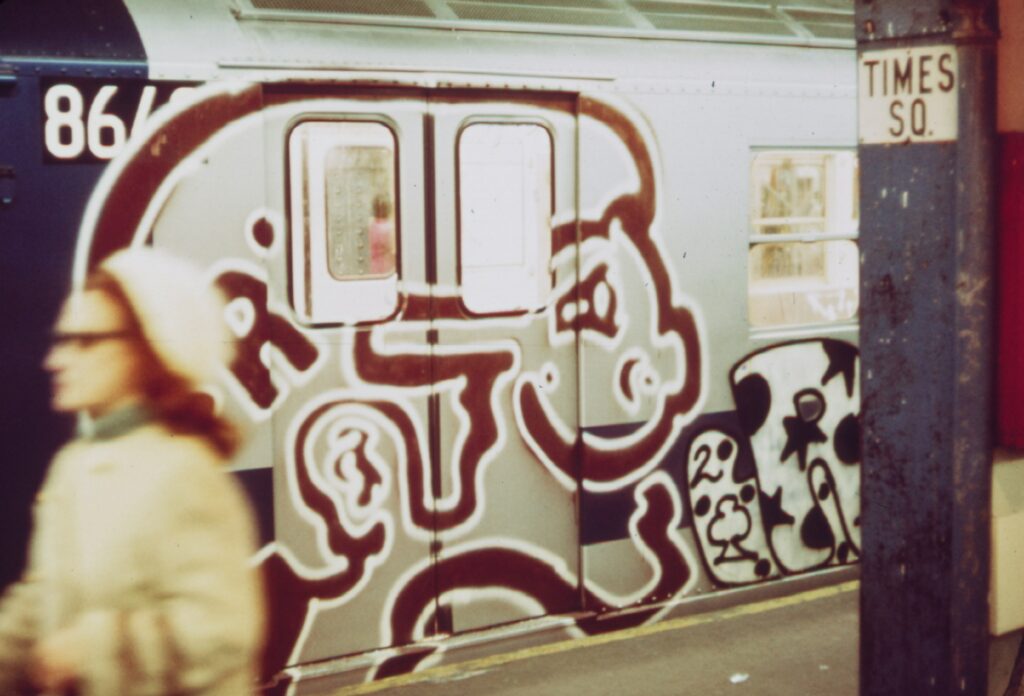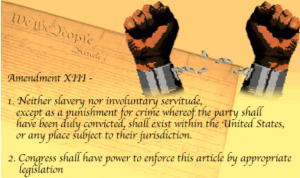Hip Hop is a 50-year-old testament to resilience, creativity, and art. As with every music genre, it comes from a backdrop of rich history and tradition. For those unaware, the most basic part of hip-hop history is the understanding of the five pillars that make up the genre. Hip-Hop has five pillars, and these are rap (emceeing), DJing, breakdancing, Graffiti, and knowledge. Of these artistic mediums, rap is the most familiar to a majority of people, so much so that the word has become interchangeable with Hip Hop itself, which is a larger umbrella of multiple art forms and traditions. On the opposite side of the popularity contest is Graffiti, an old, yet essential pillar with a convoluted and remarkable history. In honor of Black History Month, journey through the history of spray cans, tagging, expression, misunderstandings, and every other facet of Graffiti in Hip Hop.
Read More: Graffiti Artists Secure The Bag In Destroyed 5Pointz Mural Lawsuit
1960s: Graffiti Is Born
Graffiti as an artform predates rap, and perhaps the other two elements of Hip Hop, by at least a decade. It is also decidedly the legacy of two artists: Cornbread and TAKI 183. Cornbread was the tag name of Daryl McCray. The daredevil artist, at the peak of his notoriety, reportedly tagged a Philadelphia zoo Elephant, as well as the Jackson 5 airplane. However, Graffiti in Hip Hop is sometimes never traced to him, but instead to TAKI 183, the Greek-American artist who dominated the Bronx in the 1960s.
In fact, many sources name TAKI 183, and not Cornbread, as the founder of Graffiti in Hip Hop. This is because it was he who led the charge in New York, the birthplace of the genre. TAKI was short for Dimitraki, his birth name, while 183 stood for his home address at 183rd Street, Washington Heights. It has been alleged that Taki learned Graffiti from JULIO 204, who Graffiti’d with Cornbread in Philly before moving to New York.
Taki infamously tagged subway stations and cars. Moreover, he tagged the walls of public buildings, including those along Broadway, and inside JFK airport. Where Cornbread was daring, Taki was speedy. He was such a problem for New York City, that his “vandalism” made the front page of the New York Times in 1971. Remarkably, he was just 17 years old at the time. As his legacy, TAKI 183 led to the development of a generation of artists, who, in trying to compete with him, would eventually merge Graffiti with Hip Hop. It is also he who invented the tag style of pairing a mononym with an address.
1970s: Hip Hop Is Fully Formed

The 1970s was a time of birth and rebirth for what would become the other three pillars of Hip Hop. On August 11, 1973, a group of teenagers threw a back-to-school party that would change history. Held in the rec room of a Bronx apartment building, the iconic party was deejayed by Kool Herc, a Jamaican-American DJ, who pioneered deejaying. After the art of deejaying, came breakdancing, a form of dance invented to mimic the breaks between the tracks which the DJ mixed. The fourth horseman, Emceeing (rhyming) would also happen organically in a similar manner.
The ‘70s also saw a new generation of Graffiti artists and styles. Phase II, Wild Style, Futura 2000, Fab 5 Freddy, Lee Quiñones, Dondi, and Lady Pink were important figures in the movement. Unsurprisingly, as Hip Hop became more widespread, Graffiti and the other elements were forced to jostle for public space. This usually took place in melting-pot locations like The Roxy, a roller-skating rink and roller disco located in Chelsea, Manhattan.
The Roxy was opened in 1978, and it was one of very few spots for urban art forms. There, breakdancers could perfect their moves, and Graffiti artists could test new forms and styles. In the same vein, DJs and rap MCs like Afrika Bambaataa, Grandmaster Flash, and Kool Herc provided entertainment. It was either that or competing for dominance. As the ‘70s rolled to an end, the mainstream community began to develop an interest in these Black-centric art forms. This would become the gateway for the explosion that would come in the ‘80s.
Read More: The Nipsey Hussle Memorial Has Been Fixed By Artist Joey Batts
1980s: Graffiti Becomes “Cool.”
Hip Hop was arguably the biggest cultural renaissance of the century at the time of its origination. It brought street elements and urban grit into the American cultural landscape. Street photography was equally popular, with Graffiti serving as an essential backdrop, resulting in Hip Hop becoming an overwhelming influence. Therefore, to “look like Hip Hop” was to be cool; To have “street cred” became something to aspire for. This is why iconic pictures like the 1987 photograph of English pop group The Outfield with a Graffiti background exist. In summary, by the 80s, everybody wanted a piece of the Hip Hop pie.
However, all of Hip Hop’s “pillars” existed distinctly as separate art forms for the most part. The only common denominator was that they were adopted en masse, at the same time, by an entire generation of young Black and Brown people from working-class New York communities. The conjoining of DJing with emceeing came first and dominated the music scene. Breakdancing followed naturally, but Graffiti was left out of Hip Hop’s reign for a bit.
This was until it was time to export these Black-centric art forms to the larger society. These “exports” were events like the New York City Rap Tour of 1982. Furthermore, viral music videos like “Buffalo Gals” by Malcolm McLaren, a white artist, were recorded in the streets, parks, and skating rinks. On display in these areas were visibly noticeable Graffitied walls and floors.
Graffiti’s Impact On The Overall Hip Hop Scene
This does not diminish the contributions of Graffiti artists who inhabited the spaces of music and art at the same time. For example, Phase II and Futura 2000 both put out rap albums and contributed to the development of Hip Hop outside of Graffiti. Basquiat also produced and arranged Rammellzee VS K-Rob’s “Beat Bop,” and made an original artwork for the cover. However, the most impactful artist who actively worked toward the unification of all of Hip Hop’s elements was Fab 5’s Freddy. “I developed these theories that all these elements of urban culture were beginning to seem like one big thing,” he said. “I helped explain to people that Graffiti was part of Hip Hop. It was always something I saw as one cultural movement.”
Freddy took his Hip Hop gospel very seriously. In 1983, he made an independent film: Wild Style with filmmaker Charlie Ahearn. He made sure to show off as much of his theorized Hip Hop elements as possible in the film, including a massive concert in the Lower East Side. One year after Wild Style, Beat Street hit the shelves, produced by Harry Belafonte. It had the exact premise as Wild Style, but was far more commercially successful. After the two films, Hip Hop became a Hollywood product and was sold far and wide. Afterward, it became an identity, and people were finally catching on to Freddy’s gospel.
Graffiti Gains Favor
Indeed, Freddy was an active and conscious participant in building Hip Hop to encompass all elements, including Graffiti. Nonetheless, a number of other pioneers did it unconsciously. For example, the first time Graffiti was spoken of favorably in a major outlet was by Richard Goldstein of the Village Voice. He also made sure to give rap a shoutout in the same article. In 1983, the Graffiti photographer Henry Chalfant made his critically famous documentary film, Style Wars. Style Wars was a documentary about Graffiti in New York, the teenagers who made it, and the governmental powers who fought them. However, by the time the film hit the shelves, Chalfant had also fallen subject to Freddy’s gospel. As a result, he included the street struggles of rapping and breakdancing too, albeit to a smaller extent.
Legacy
From Jay-Z’s Basquiat haul to Chris Brown’s colorfully Graffitied mansions, Graffiti and Hip Hop are a timeless duo. Furthermore, they continue to complement each other today. This will go on as long as the genre remains alive. Whether succinctly or overtly, the two art forms will always rely on each other for identity, prominence and meaning. Graffiti may not be as talked about today, but it’s responsible for much of the genre we know and respect.
[via]
The post Graffiti: The Visual Language Of Hip Hop appeared first on HotNewHipHop.

 (@zerinaakers)
(@zerinaakers)